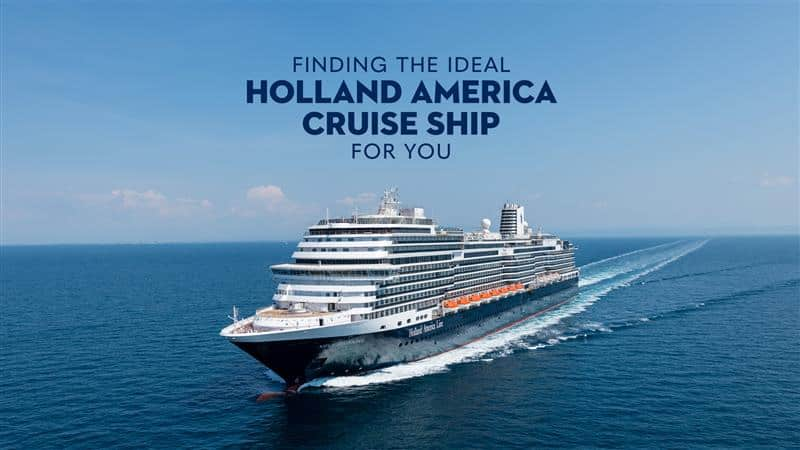What Does the Pilot Do?

Global Pilotage
Most ports in the world require pilotage, the practice where a pilot comes on board near the entrance of the port and then assists the ship’s captain with bringing the ship into port, and docking or anchoring in the designated anchorage. The pilot also helps provide safe passage when the ship departs.
The role of a pilot is that of an adviser. Contrary to common belief, the pilot does not take over command of the ship from the captain. The captain stays in command and is ultimately responsible for the ship. A pilot may assume the conduct of the ship, but only with permission of the master. As both the harbor pilot and captain have the same goal — the safety of the ship — the relationship is mutually courteous and professional.
Pilots are usually licensed master mariners and have years of experience in guiding ships in and out of a specific port. They have a wealth of knowledge about the local currents, piers and docks, water depths, communication procedures and regulations, and local users of the waterway. As no two ports in the world are the same, this knowledge can be indispensable for a ship’s captain who may be visiting a port for the first time or under adverse weather conditions.
The Pilot Ladder
On arrival at the breakwaters or fairway buoy, the ship is met by a pilot boat. The speed of the ship is adjusted to 8 to 15 knots, depending on the capabilities of the pilot boat. Often, a course alteration also is necessary to provide the best possible lee against wind and seas to ensure a safe and efficient pilot transfer from the pilot boat to the ship.
The pilot boat will match the speed of the ship and come alongside near the pilot ladder which is connected to an opening in the hull called a shell door. In port, Eurodam uses these same doors to allow guests and crew to go ashore by means of a gangway. But when the pilot transfers from the boat to the ship, it’s by means of a rope ladder suspended from a shell door.
The pilot is met at the top of the pilot ladder by a licensed deck officer who is in radio communication with the bridge. After the pilot’s ID has been checked he is then escorted to the bridge by the officer. Upon arrival on the bridge the pilot is introduced to the captain and, usually over a cup of coffee, the two discuss the ship’s arrival plan.
Upon departure the same happens, but in reverse.
 Pilot David Smith from Bar Harbor, Maine, leaves Eurodam cautiously down the ladder to the pilot boat as both the Eurodam and the boat sail side by side at a speed of 8 knots.
Pilot David Smith from Bar Harbor, Maine, leaves Eurodam cautiously down the ladder to the pilot boat as both the Eurodam and the boat sail side by side at a speed of 8 knots.




